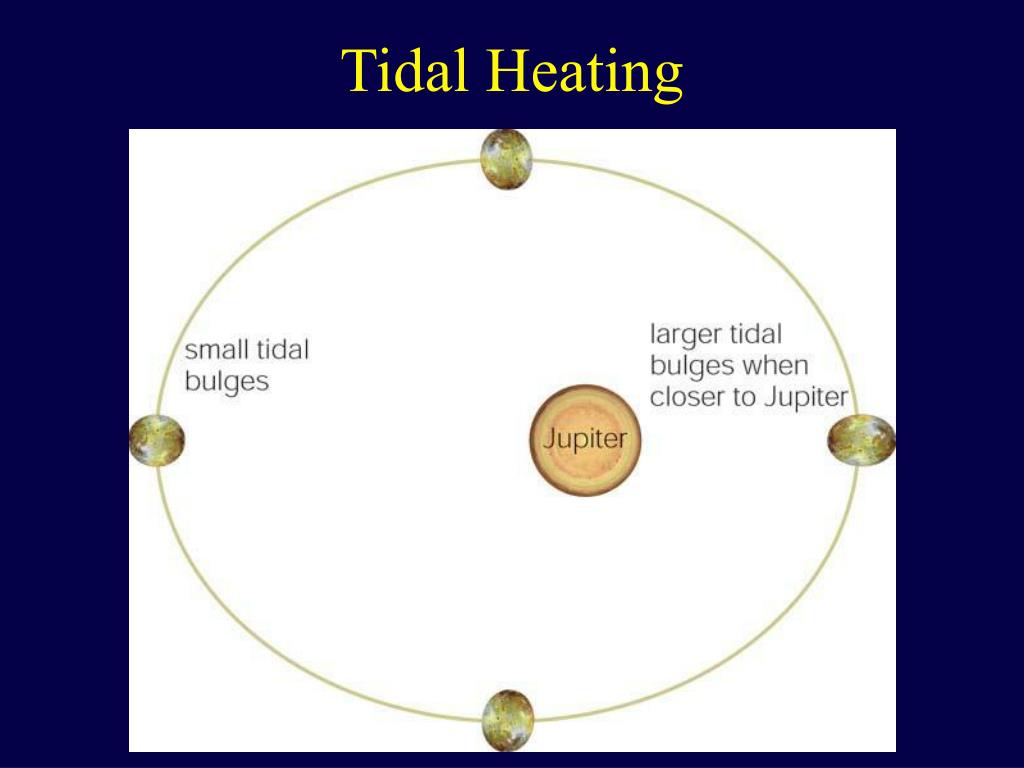

Of these, the majority of them have their initial genesis over the Bay of Bengal and strike the East coast of India. The subcontinent with a long coastline of 8041 kilometres is exposed to nearly 10 per cent of the world’s tropical cyclones. The Indian subcontinent is one of the worst affected regions in the world. The weakening of a cyclone does not mean that the danger to life and property is over.

This happens after its landfall or when it passes over cold waters. The main physical feature of a mature tropical cyclone in the Indian Ocean is a concentric pattern of highly turbulent giant cumulus thundercloud bands.Ī tropical cyclone begins to weaken in terms of its central low pressure, internal warmth and extremely high speeds, as soon as its source of warm moist air begins to ebb, or is abruptly cut off. Generally, the ‘Eye’ of the storms has three basic shapes: (i) circular (ii) concentric and (iii) elliptical.

With the inducement of subsidence, air warms up by compression and a warm ‘Eye’ is generated. Once air spreads out, a positive perturbation pressure at high levels is produced, which accelerates the downward motion of air due to convection. When a tropical storm intensifies, the air rises in vigorous thunderstorms and tends to spread out horizontally at the tropopause level. Atmospheric instability encouraging formation of massive vertical cumulus clouds due to convection with condensation of rising air above ocean surface.A warm sea (a temperature in excess of 26 degrees Celsius to a depth of 60 m) with abundant and turbulent transfer of water vapour to the overlying atmosphere by evaporation.The formation and initial development of a cyclonic storm depends upon various conditions. The development cycle of tropical cyclones may be divided into three stages: When a cyclone makes landfall, rain rapidly saturates the catchment areas and the rapid runoff may extensively flood the usual water sources or create new ones. The very high specific humidity condenses into exceptionally large raindrops and giant cumulus clouds, resulting in high precipitation rates. The angle and speed at which the storm approaches the coast.A fall in the atmospheric pressure over the sea surface.Storm surges (tidal waves) are defined as the rise in sea level above the normally predicted astronomical tide. They are further divided into the following categories according to their capacity to cause damage:- Cyclone Category Type of DisturbancesĬyclones are classified into five different levels on the basis of wind speed. The criteria below has been formulated by the Indian Meteorological Department (IMD), which classifies the low pressure systems in the Bay of Bengal and the Arabian Sea on the basis of capacity to damage, which is adopted by the WMO. willy-willies in north-western Australia and tropical cyclones in the Indian Ocean. Tropical cyclones are large-scale weather systems developing over tropical or subtropical waters, where they get organized into surface wind circulation.Ĭyclones are given many names in different regions of the world – They are known as typhoons in the China Sea and Pacific Ocean hurricanes in the West Indian islands in the Caribbean Sea and Atlantic Ocean tornados in the Guinea lands of West Africa and southern USA. Tropical cyclones are the progeny of ocean and atmosphere, powered by the heat from the sea and driven by easterly trades and temperate westerlies, high planetary winds and their own fierce energy.Įxtra tropical cyclones occur in temperate zones and high latitude regions, though they are known to originate in the Polar Regions.Ĭyclones that developin the regions between the Tropics of Capricorn and Cancer are called tropical cyclones. The World Meteorological Organisation (WMO, 1976) uses the term 'Tropical Cyclone’ to cover weather systems in which winds exceed ‘Gale Force’ (minimum of 34 knots or 63 kph). It was coined by Henry Peddington because the tropical storms in the Bay of Bengal and the Arabian Sea appear like coiled serpents of the sea.Ĭyclones are classified as extra tropical cyclones (also called temperate cyclones) and tropical cyclones. The word Cyclone is derived from the Greek word Cyclos meaning the coils of a snake. Cyclones are classified as: (i) extra tropical cyclones (also called temperate cyclones) and (ii) tropical cyclones. The air circulates inward in an anticlockwise direction in the Northern hemisphere and clockwise in the Southern hemisphere. Cyclones are usually accompanied by violent storms and bad weather. Cyclones are caused by atmospheric disturbances around a low-pressure area distinguished by swift and often destructive air circulation.


 0 kommentar(er)
0 kommentar(er)
